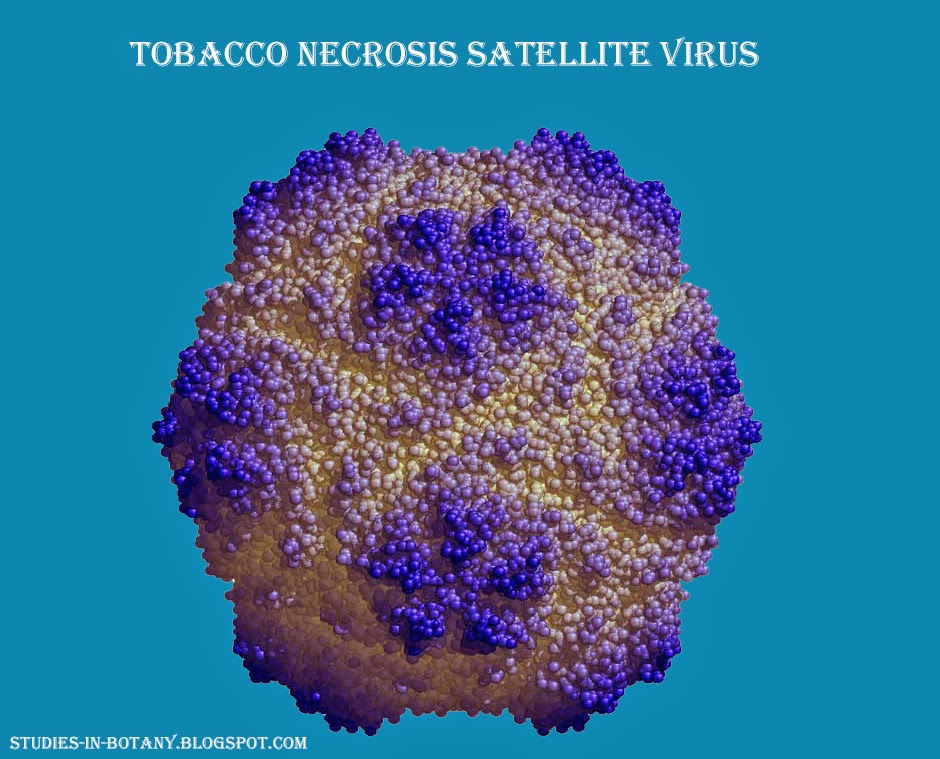Satellites
are sub-viral agents, composed of nucleic acid molecules that depend for their
productive multiplication on co-infection of a host cell with a helper virus.
Satellite nucleic acids have subsequently distinct nucleotide sequences from
those of the genomes of either their helper virus or host. When a satellite
encodes the coat protein in which protein its nucleic acid is encapsidated, it
is referred to as a satellite virus.
In brief,
it can be said that when a virus is depended on another virus for its proper replication
in a host cell, it is called satellite virus and such a situation is called
satellism. Thje virus which helps the satellite virus to successfully infect
and replicate in host cell is called activator.
Here the nucleic
acid is not encapsidate and the virus relies for encapsidate on a helper virus.
Morphology: capsid
is rounded and exhibits icosahedral symmetry.
Nucleic acid: The
genome is single stranded, or double stranded DNA, or RNA.
Translation: virions
are associated with helper virus and dependent on co-infection of helper virus
during replication, or associated with helper virus, but independent from its function
during replication.
Host range: hosts
belong to the Domin Eukaryota and includes kingdoms plantae and animalia.
The first satellite virus
in the plant was reported to be associated with the tobacco necrosis virus
(TNV) – it measures about 30nm in diameter. Quite often the satellite virus is found
independently in roots of tobacco and able to replicate normally. Sometimes both
satellite virus and TNV are found to be associated together with in the roots
of host plant. Satellite viruses are unable to multiply in the host cell and
depend on the assistance of TNV for their replication.

0 comments:
Post a Comment